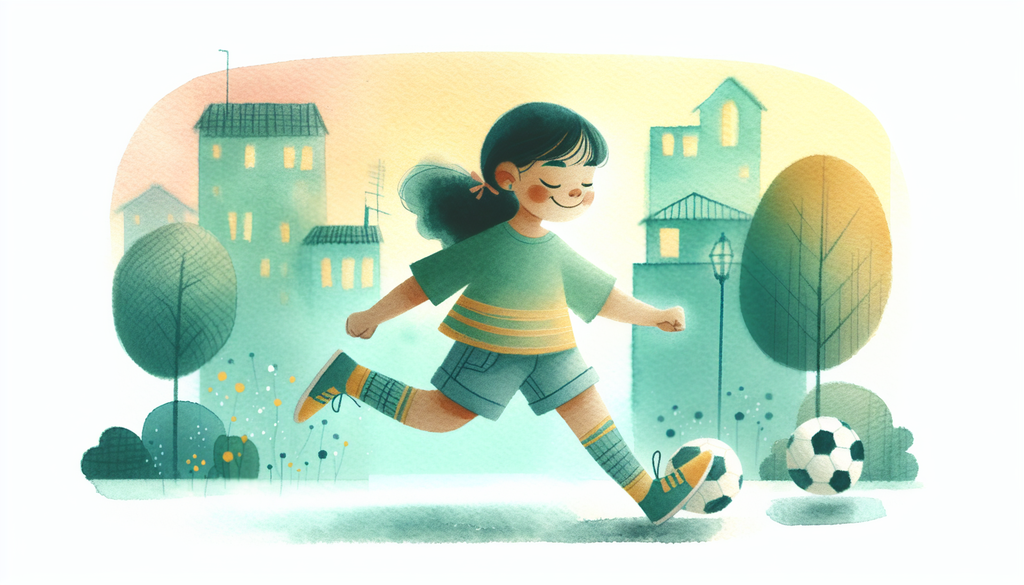Strategies for Promoting Inclusion in Physical Education

‘Inclusion’, a term often thrown around in education systems worldwide, especially circles dealing with special needs and gifted education. Although never intended, often, physical education is overlooked in these discussions. Today, this post will unwrap some of the techniques and adaptations physical education teachers and parents alike can implement to ensure their classes are truly inclusive and supportive of all students.
Understanding Inclusive Physical Education
Inclusive education is a child’s right, not a privilege. And physical education, as an integral part of an all-rounded education, should be no exception. Inclusive physical education centers on adapting the environment, curriculum, teaching strategies, and equipment to cater to all. This approach is meant to create a supportive environment that accounts for each child’s individual needs, regardless of ability.
Being inclusive in physical education lessons signifies involving every student, with all their diverse abilities and needs. So how can this be achieved?
Strategies for Inclusive Physical Education
1. Adapting Equipment and Rules
Using adaptive and modified equipment can make sports and activities more accessible. For instance, using larger balls or balloon balls can help students with motor skill challenges. Additionally, adjusting the rules to cater to the specific needs of students encourages participation and a sense of belonging.
2. Peer Support
Encourage the use of buddy systems and peer mentorship in the physical education setting. By fostering a community of peers who support each other – no matter their ability – you enhance a sense of belonging. A strong example of the importance of peer relationships can be found in our post The Value of Peer Mentorship for 2e Students.
3. Inclusive Designs within the Environment
It’s essential to ensure that physical spaces are accessible and inclusive. Inclusive recreation design is a great starting point. Check back on our previous post Inclusive Recreation: Designing Play Spaces for All Abilities for tips on accomplishing this.
By incorporating these strategies into your physical education teaching methodology or advocating for these adaptations as a parent, you play a pivotal role in ensuring all children’s experiences are accounted for within physical education.
Avenues for More Support
Inclusion in physical education is a broad field, and sometimes you may need to marshal in more specific resources. For example, if dealing with students on the Autism Spectrum, social skills instruction may be required. As such, reviewing our post Building Bridges: Social Skills for Children on the Autism Spectrum may provide useful insights.
In conclusion, inclusion in physical education extends far beyond merely allowing every child to participate. It requires careful considerations, adjustments, and adaptations. As much as these tasks can sometimes feel daunting, remember, small steps towards inclusion can have profound effects on children’s lives. It can be as simple as changing the type of balls used in a game or providing peer supports during activities. By adopting strategies for inclusion in physical education, we make strides towards creating environments where no child is left on the sidelines.